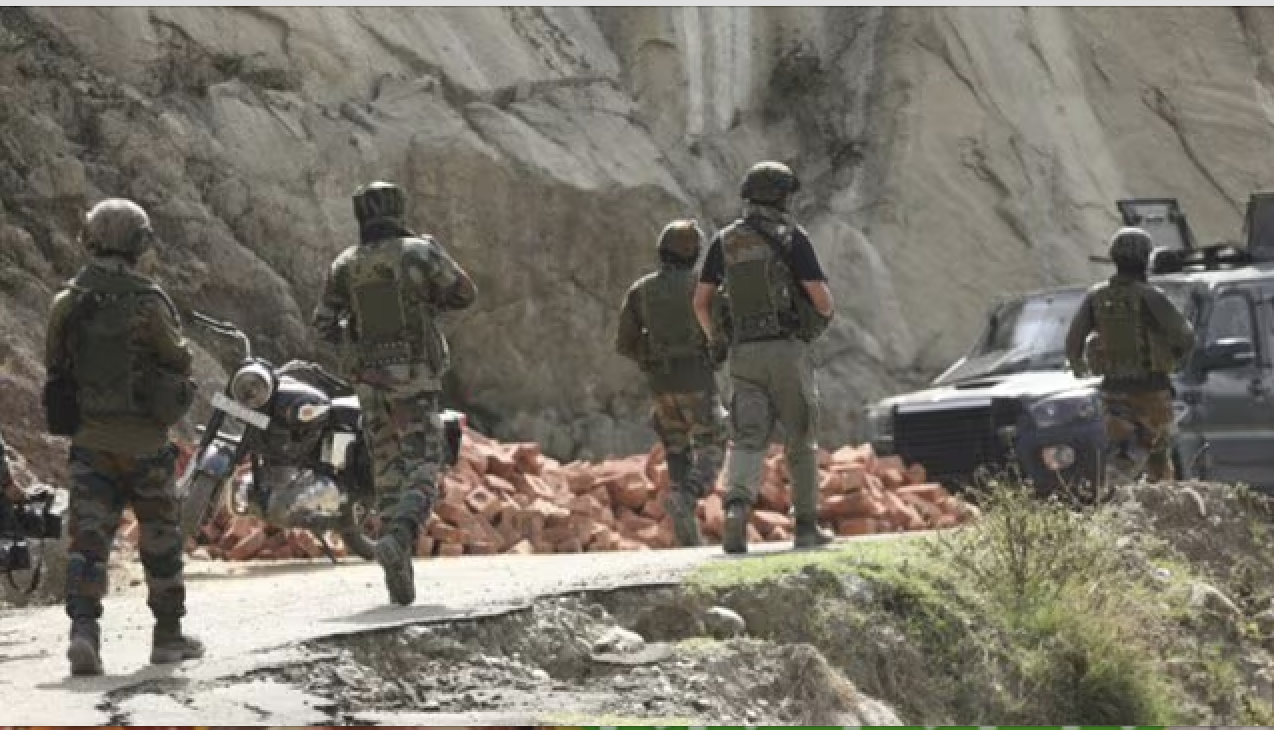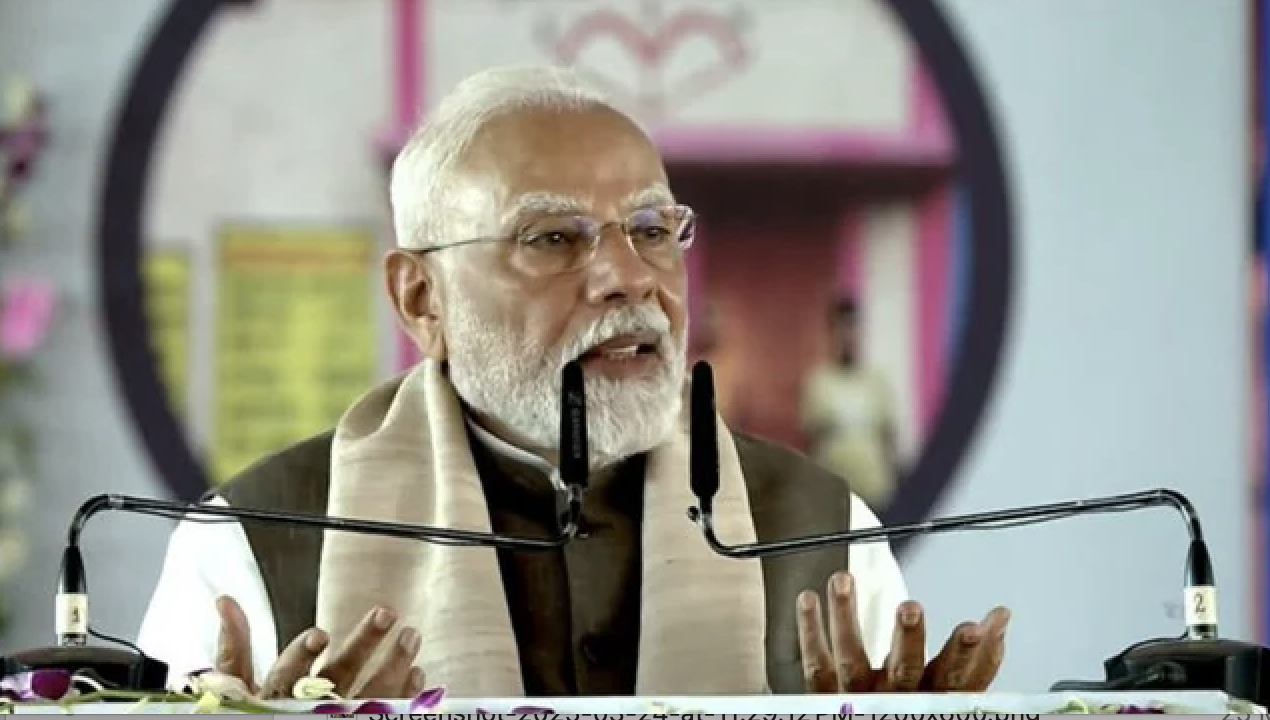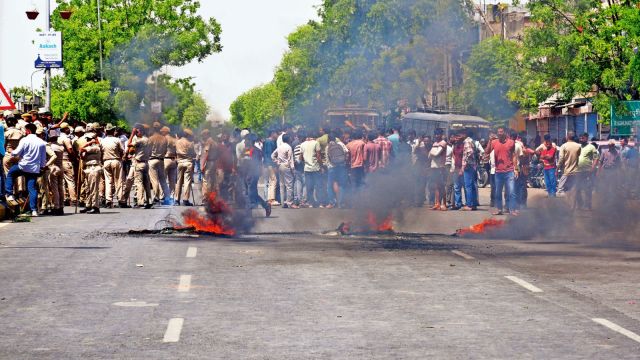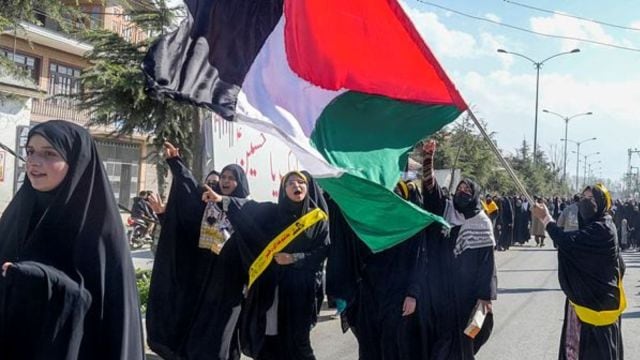The Wire analysed 24 Lok Sabha seats in west UP and found that the main Opposition alliance – the Congress and the Samajwadi Party – has reduced the share of Muslim and OBC candidates but increased the number of tickets for Hindu “upper castes” and Dalits, if we compare the figures with the Opposition’s Mahagathbandhan in 2019.

By Omar Rashid
New Delhi: A major plank of the INDIA bloc’s campaign in the 2024 Lok Sabha election is the promise of greater representation to backward castes, Dalits and Muslims. However, the ticket distribution of the Opposition alliance in the critical western region of Uttar Pradesh – which votes in the first three phases of the election – indicates that the dominant “upper castes” still enjoy a large share in candidate selection while Muslims have paid the price of the Opposition’s experiments.
West UP – comprising the sugar-cane rich Jat belts, the prosperous Braj region, the thriving National Capital Region and Rohilkhand, known for pockets of dense Muslim population – is politically, culturally and linguistically distinct from other parts of the state. Since 2014, the BJP has dominated electoral politics here, riding on communal sentiments triggered by the 2013 Muzaffarnagar communal violence and polarisation of non-Yadav communities.
The Wire analysed 24 Lok Sabha seats in west UP and found that the main Opposition alliance – the Congress and the Samajwadi Party – has reduced the share of Muslim and OBC candidates but increased the number of tickets for Hindu “upper castes” and Dalits, if we compare the figures with the Opposition’s Mahagathbandhan in 2019.
While the SP and the Congress alliance is the main challenger to the BJP in 2024, in 2019, the grand alliance of SP, Bahujan Samaj Party and the Rashtriya Lok Dal was the combined Opposition force.
This story was originally published in thewire.in. Read the full story here.






